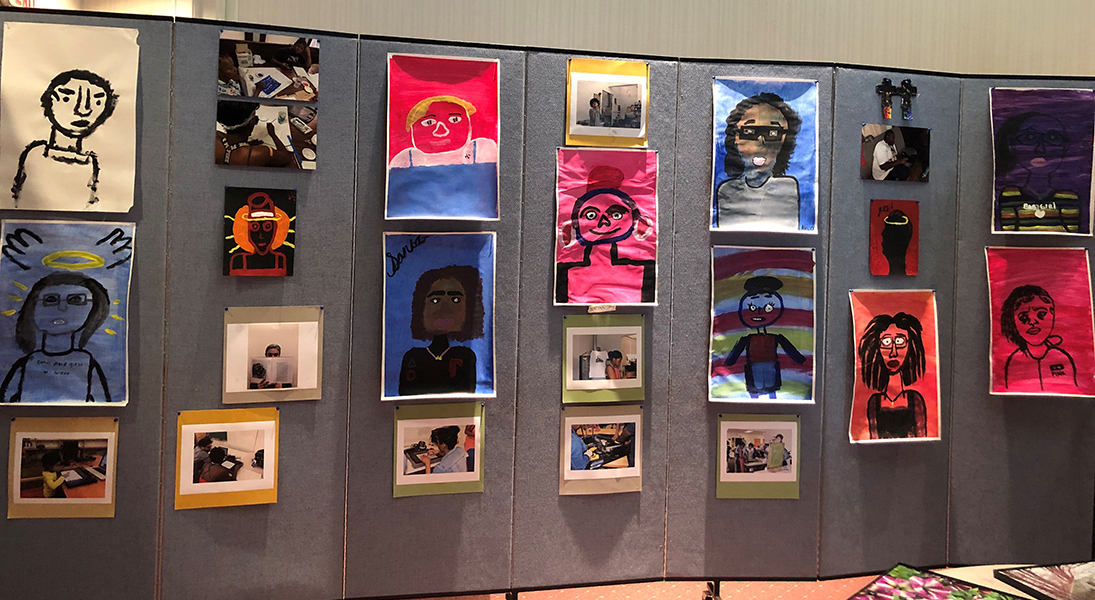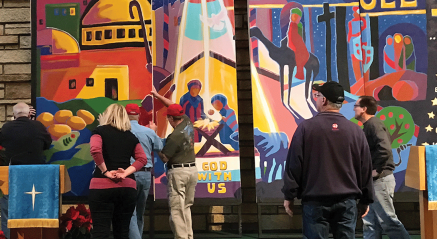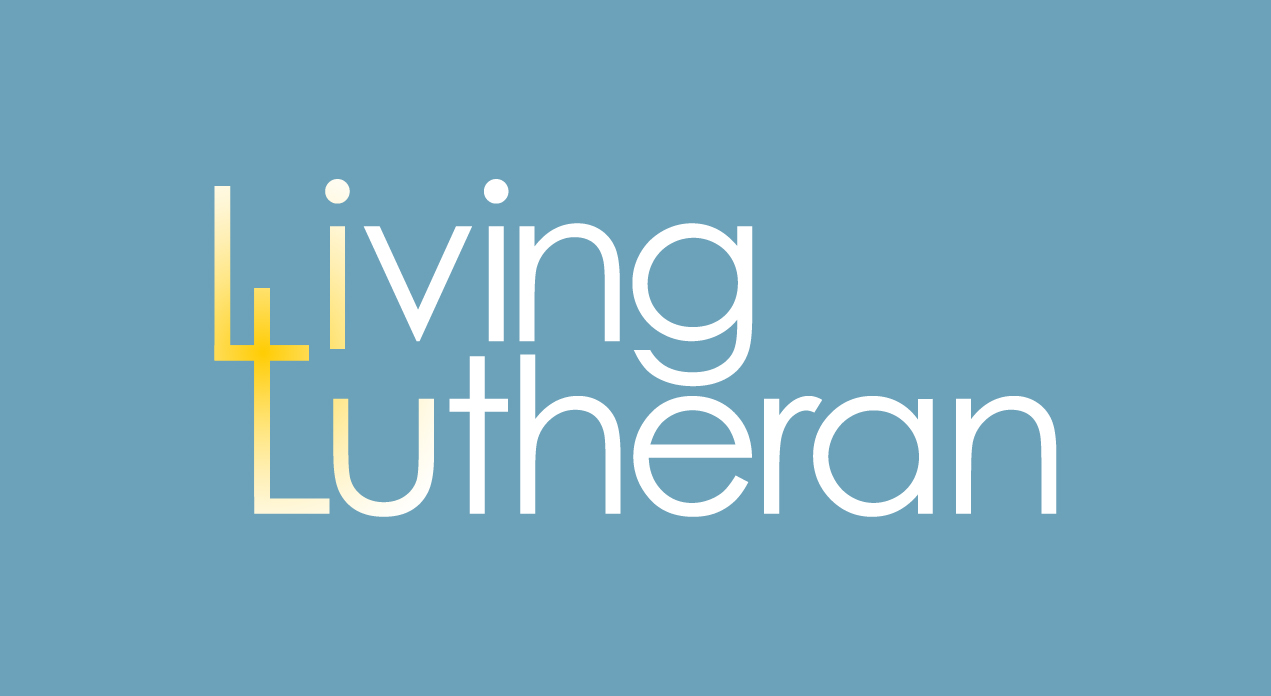“Art is a nation’s most precious heritage. For it is in our works of art that we reveal to ourselves, and to others, the inner vision which guides us as a nation. And where there is no vision, the people perish.”
These are the words President Lyndon B. Johnson spoke when he signed the National Endowment for the Arts into law in 1965. More than 50 years later, schools nationwide are cutting arts programs, potentially leaving children with fewer opportunities to share their vision.
But even when that vision is clouded, it can shine through in unexpected places and ways.
Michael Hanck, pastor of Salem Lutheran in Toledo, Ohio, said he had young people in his congregation and the surrounding neighborhood who were “looking for something positive to do.”
Salem, a mission congregation that receives a congregational vitality grant funded by Mission Support, is located in the North End neighborhood of Toledo, the most economically challenged part of the city. A majority of the residents live below the poverty line, Hanck said.
“We are all about neighborhood building and we are here to serve. That is what a mission congregation does.”
“There are a lot of fine people here with amazing talents,” he added. “We are all about neighborhood building and we are here to serve. There is no other reason for us to exist. That is what a mission congregation does.”
With that mission in mind, last year Hanck engaged teenagers from Salem and the area—22 of them at the outset—and enlisted them in what he called a “vocational exploration.” One aspect of the program was giving the youth opportunities to create visual art, with help from local artist Yusuf Lateef, who worked with arts-based nonprofit organizations.
Eventually, Hanck obtained a grant that allowed Lateef to expand and continue the work he was doing, “providing quality artistic programming and exploration with our area teenagers.”
What followed was “12 weeks of joyous learning and creation and fellowship,” Hanck said.
In each of those 12 weeks, the students met with Lateef and learned about various kinds of art, then put those lessons onto the canvas. At the end of the session, the students got to experience something completely different—which started the beginning of an unforgettable summer for them.
“We feel cared about”
Lateef was able to have the teens’ work displayed in an art show at a Toledo gallery, under the title “Hear. I Am.” The mission, initially meant to open students’ eyes to the arts, was now on public display.
“They got to experience what it was like to get a blessing out of their hard work,” Hanck said. “They walked away from there having sold art and made money.”
“It’s one thing to make something away from human view, but to be able to showcase it and allow folks to experience your work really brings it full circle,” Lateef added. “Our concept of ‘Hear. I Am.’ is all about projecting onto the world from within and seeing growth. The art show gave us the perfect venue to do just that.”
But the experience was far from over.
That show’s success led to an extension of the arts program and a broadening of horizons. Zion Lutheran Church in nearby Sandusky, Ohio, offered to host what would become a traveling art show. The exhibit opened at Zion in August; now there are plans to bring it to Defiance, Ohio, and Fort Wayne, Ind.
“This started with a plan of teaching kids about art, but we’re teaching them about business and commerce as well,” Hanck said. “This allows them a new form of expression and gives them a ‘legal side hustle.’ ”
“This is an area of town that often feels forgotten. But in this [project], we feel cared about.”
Throughout this process, the students have also been learning a lesson in faith. The teens and Lateef, a Muslim, would engage each other in interfaith dialogue while he taught them about art. The theme “Hear. I Am.” came to fruition, in part, because of that dialogue.
“[‘Hear. I Am.’] invokes the divine name—a common one that we can all share, and which, for me, invokes the idea of the imago Dei, our being created in God’s image,” Hanck said. “It’s a very affirming and empowering title, ‘Hear. I Am.’ It’s the cry of all human beings and of God’s own self; a nonexclusive image.”
Lateef agreed: “I see Allah’s oneness when I allow myself to be open to people. The ‘Hear. I Am.’ project helped people realize the importance of art in society, which, in turn, helped folks see our true value in the overall mission of peace.”
The message emphasized by Lyndon Johnson 50 years ago—community through art—is being brought to life today with Salem youth in Toledo.
“This is an area of town that often feels forgotten,” Hanck said. “But in this [project], we feel cared about. We feel warmth. We feel wanted.”











